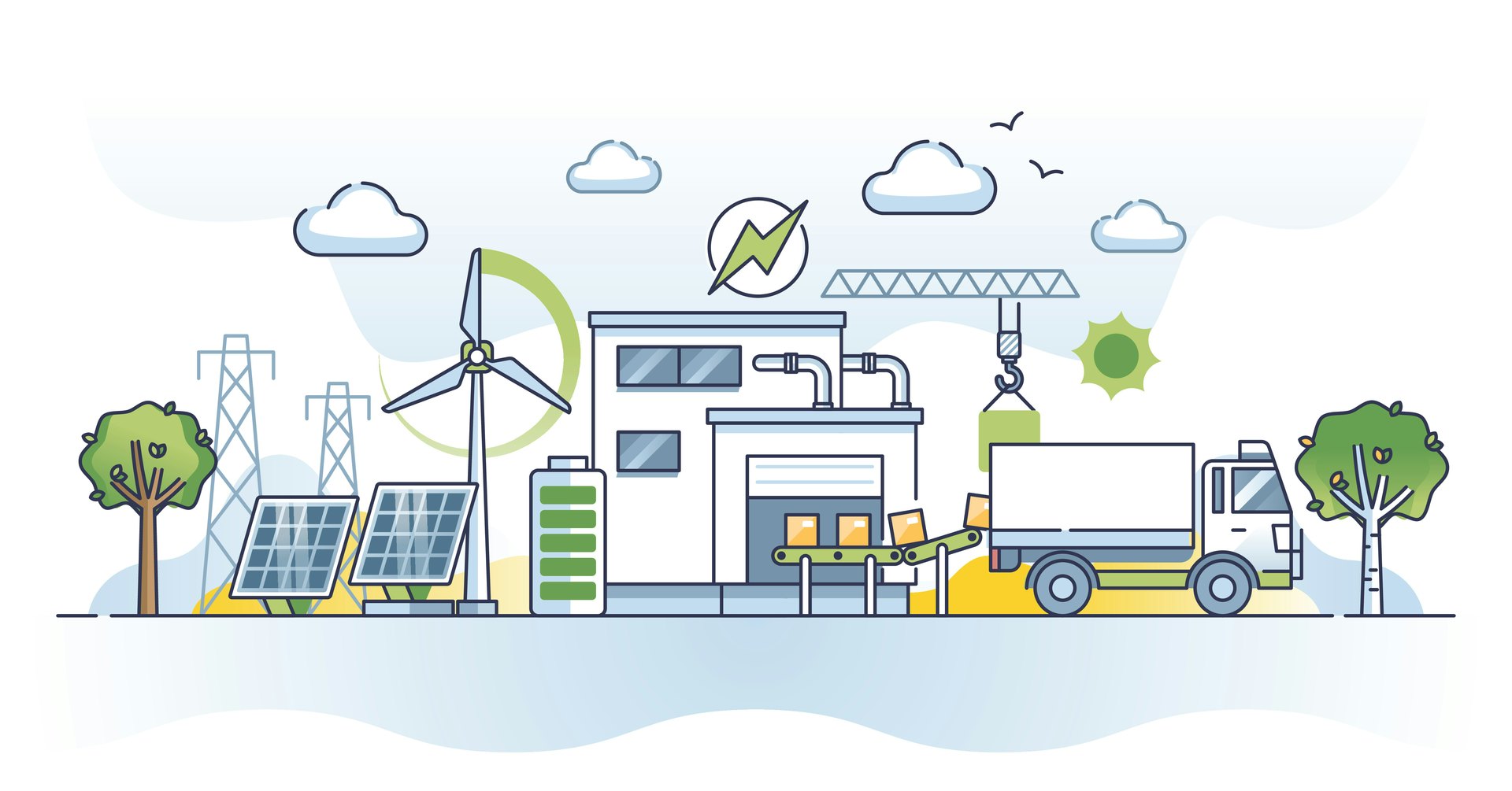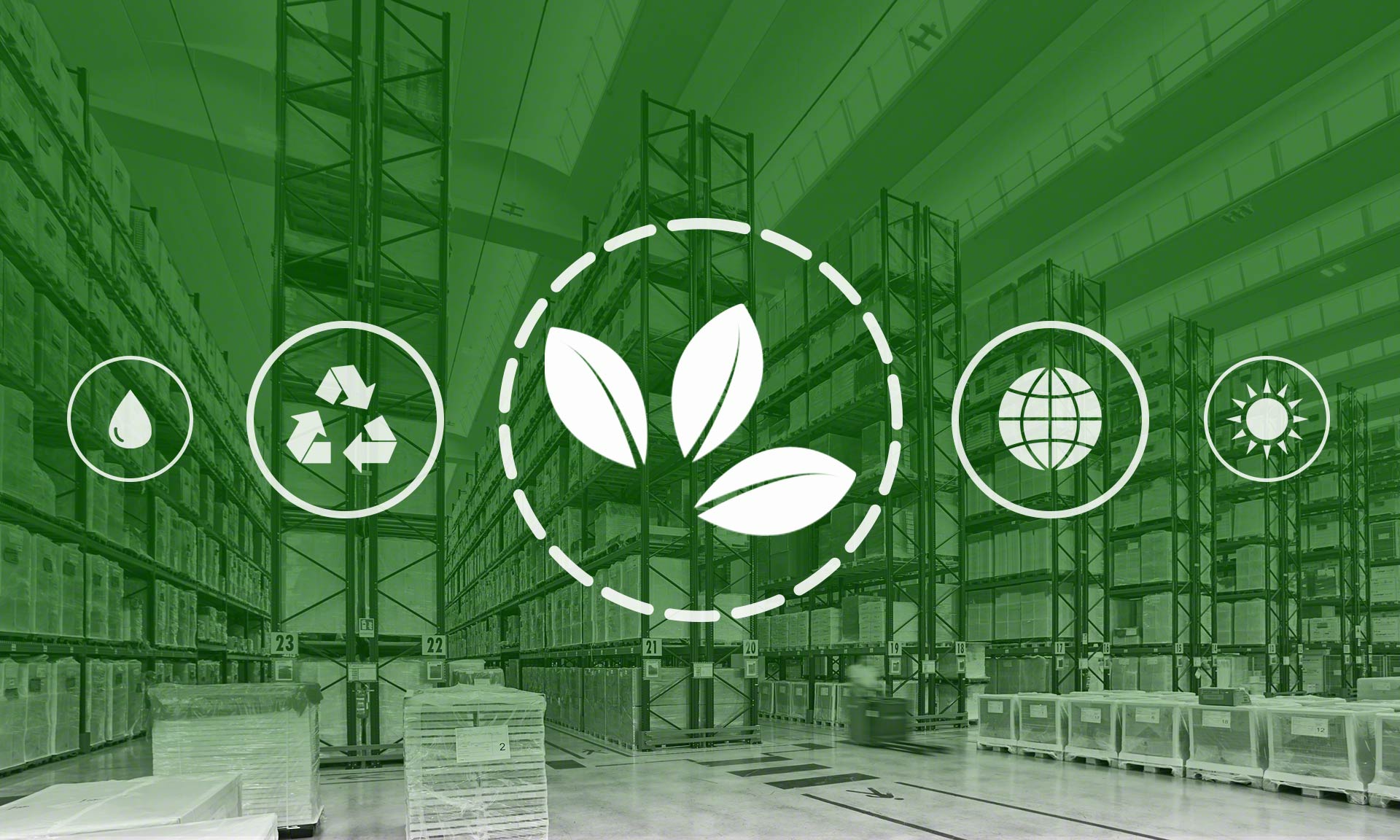Sustainable Warehousing Practices: The Future of Warehouse Operations
In recent years, sustainability has become a key focus for businesses across all industries. As the world becomes more environmentally conscious, warehouses are increasingly expected to reduce their environmental impact while maintaining operational efficiency. Sustainable warehousing practices not only benefit the environment but also help companies reduce costs, improve brand reputation, and meet regulatory standards.
In this article, we’ll explore what sustainable warehousing practices are, why they matter, and how businesses can implement them effectively.

What is Sustainable Warehousing?
Sustainable warehousing refers to the adoption of eco-friendly practices and technologies within warehouse operations to reduce waste, energy consumption, and carbon emissions. It includes everything from energy-efficient lighting systems to waste reduction strategies, renewable energy use, and sustainable materials in warehouse construction.
The goal of sustainable warehousing is to create a more energy-efficient, environmentally responsible, and cost-effective operation. This is particularly important as warehouses are responsible for significant energy consumption, especially in areas such as heating, cooling, lighting, and equipment use.
Key Areas of Sustainable Warehousing:
- Energy Efficiency
- Waste Management
- Water Conservation
- Green Building Materials
- Carbon Footprint Reduction
- Sustainable Transportation and Packaging
Why Sustainable Warehousing Matters
Sustainability in warehouse operations isn’t just a buzzword; it’s a strategic initiative that delivers long-term benefits. Let’s take a closer look at why sustainable warehousing practices are essential:
1. Cost Savings
Adopting sustainable practices often leads to immediate cost savings. For example, reducing energy consumption through energy-efficient lighting or climate control can significantly lower utility bills. Moreover, energy-efficient equipment like automated systems can increase operational efficiency, reducing energy waste.
2. Environmental Impact
Warehouses contribute to carbon emissions due to energy use and waste generation. By reducing energy consumption, switching to renewable energy sources, and improving waste management practices, companies can significantly lower their environmental impact.
3. Regulatory Compliance
Many countries and regions are introducing stricter environmental regulations. Adopting sustainable practices helps businesses stay ahead of regulations related to carbon emissions, waste disposal, and water usage.
4. Brand Image and Consumer Trust
Consumers are increasingly looking to buy from businesses that are committed to sustainability. In fact, studies show that sustainable practices can improve customer loyalty and enhance brand reputation. When customers know a company is committed to eco-friendly initiatives, they are more likely to support it.
5. Supply Chain Resilience
Sustainable practices, such as using eco-friendly packaging or optimizing transportation routes, can contribute to more resilient supply chains. These practices help businesses avoid supply chain disruptions caused by environmental issues and foster long-term sustainability.

Best Sustainable Warehousing Practices
To help your business transition to more sustainable warehouse operations, here are several best practices you can implement:
1. Energy Efficiency in Warehouse Operations
Improving energy efficiency is one of the most effective ways to reduce your warehouse’s carbon footprint. Here are some strategies for achieving energy efficiency in your warehouse:
- LED Lighting: Replace traditional lighting with energy-efficient LED bulbs. LED lights consume less energy and last longer, reducing maintenance costs and electricity usage.
- Smart Climate Control: Use automated temperature and humidity control systems to optimize heating, cooling, and ventilation. This ensures that energy is used only when needed, preventing unnecessary energy consumption.
- Solar Panels: Consider installing solar panels on the warehouse roof to generate renewable energy. Solar energy can significantly offset electricity costs, especially if your warehouse has large roof space.
2. Waste Reduction and Recycling
A significant portion of warehouse waste comes from packaging materials, pallets, and outdated equipment. Here are ways to reduce waste in your warehouse:
- Reduce Packaging Waste: Implement a packaging waste reduction strategy by switching to recyclable or biodegradable materials. Work with suppliers to reduce excess packaging.
- Pallet and Container Recycling: Establish a pallet recycling program or repurpose containers and pallets to extend their lifespan.
- Composting: For warehouses in the food industry, composting organic waste is an effective way to reduce landfill contributions.
3. Water Conservation
Water is a precious resource, and warehouses should implement practices to conserve water whenever possible:
- Rainwater Harvesting: Install a rainwater harvesting system to collect water from the roof for non-potable uses such as irrigation or cleaning purposes.
- Water-Efficient Fixtures: Upgrade your warehouse with low-flow faucets, toilets, and other water-efficient plumbing fixtures to reduce water consumption.
4. Green Building Materials
When building or renovating a warehouse, choosing sustainable building materials can make a big difference. Consider using materials like:
- Recycled Steel: Steel is highly recyclable and using recycled steel in warehouse construction reduces energy consumption and greenhouse gas emissions.
- Sustainable Insulation: Insulating the warehouse with eco-friendly materials such as cellulose, cotton, or hemp can reduce energy consumption by improving thermal efficiency.
- Low-Emission Paints and Coatings: Choose low-VOC (volatile organic compound) paints and coatings to reduce harmful emissions during construction and throughout the building’s lifespan.
5. Sustainable Transportation and Packaging
Optimizing transportation and packaging within the warehouse can significantly reduce the overall environmental impact:
- Green Fleet Management: Invest in fuel-efficient or electric vehicles for transportation and delivery. Implement a route optimization system to reduce fuel consumption and travel time.
- Optimized Packaging: Implement packaging designs that minimize material waste and reduce the carbon footprint. Consider using returnable packaging to reduce the need for single-use materials.
Challenges of Implementing Sustainable Practices in Warehousing
While the benefits of sustainable warehousing are clear, there are challenges that companies may face during implementation:
1. Initial Investment
Many sustainable technologies and solutions require an upfront investment. Although the long-term savings often outweigh the initial cost, some businesses may struggle with securing the necessary budget.
2. Complex Supply Chains
Supply chains can be complex, and it may be difficult to convince all suppliers and partners to adopt sustainable practices. Ensuring that sustainability is part of the entire supply chain is crucial for success.
3. Changing Workforce Habits
Implementing new sustainable practices may require changes in the way employees work. Training warehouse staff and encouraging them to adopt new practices can take time and effort.
Frequently Asked Questions (FAQs)
Q1: How can a warehouse reduce its carbon footprint?
A1: A warehouse can reduce its carbon footprint by implementing energy-efficient lighting, optimizing HVAC systems, using renewable energy, reducing waste, and adopting sustainable transportation methods.
Q2: Is sustainable warehousing more expensive than traditional warehousing?
A2: While some sustainable solutions may require an upfront investment, they often lead to long-term cost savings through lower energy bills, reduced waste disposal costs, and improved operational efficiency.
Q3: What are some simple steps to make my warehouse more sustainable?
A3: Start with simple steps such as switching to LED lighting, implementing a recycling program, reducing packaging waste, and optimizing heating and cooling systems.
Q4: How can sustainable warehousing improve customer satisfaction?
A4: By adopting sustainable warehousing practices, businesses can improve brand image, attract eco-conscious customers, and provide more reliable services, leading to enhanced customer loyalty.
Conclusion
Sustainable warehousing practices are no longer optional—they are a necessity for businesses looking to reduce their environmental impact and improve operational efficiency. By implementing energy-efficient solutions, reducing waste, conserving water, and using green materials, companies can achieve both environmental sustainability and economic growth.
By embracing sustainable warehousing, businesses can not only meet consumer demand for eco-friendly practices but also build a more resilient and cost-effective operation. Start implementing these practices today to stay ahead in a rapidly evolving and eco-conscious market.
For more insights on sustainable warehousing, check out Interlake Mecalux and learn how to improve your warehouse operations.


